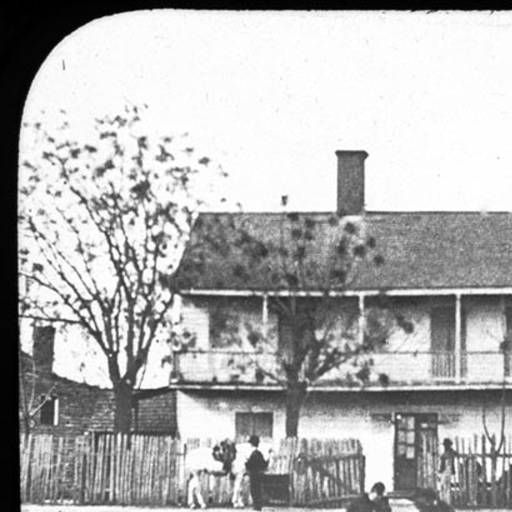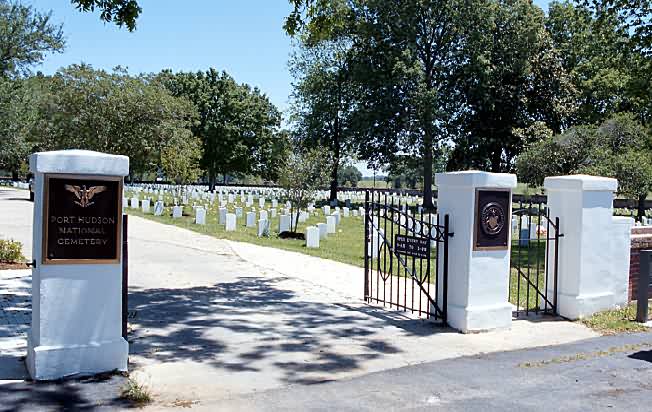Frederick Alexander and Burrell Scott were enslaved on the same Mississippi plantation, ran away together seeking freedom, and died in service to the Union Army during the Civil War.
Frederick Alexander was born around 1828 in Wilmington, North Carolina. Burrell Scott was born around 1839, likely in Mississippi. Both men were enslaved on the Holly Grove Plantation in Centreville, Wilkinson County, Mississippi, owned by James A. Stewart. Holly Grove was a large cotton-producing plantation, where in 1860, 234 enslaved people were held in bondage in 60 slave cabins.

On September 1, 1863, Frederick Alexander and Burrell Scott fled Holly Grove Plantation and reached Port Hudson, Louisiana, where the Union Army had established a stronghold. The battle for Port Hudson ended in July of that year with a Union victory, making it one of the final pieces in securing the entire Mississippi River. It was also a beacon for enslaved men ready to enlist. Frederick and Burrell joined the 12th Corps d’Afrique, later redesignated as the 84th Regiment of the United States Colored Infantry (USCI). Once they enlisted, they were no longer property. They were free men.

Neither man would survive the war. On January 12, 1864, after just four months of service, Frederick Alexander died of pneumonia in the regimental hospital at Port Hudson. Two days later, on January 14, Burrell Scott died, also of pneumonia. Like thousands of Black soldiers, they succumbed not in battle but to the brutal conditions and lack of adequate medical care that plagued the Union camps.
“Port Hudson National Cemetery is located on the site where Union and Confederate forces were engaged in the siege of Port Hudson. Nearly 4,000 Union troops were killed and almost all were buried in the cemetery; only 600 were known. Approximately 500 Confederate soldiers died during the battle and were buried in the trenches where they fell. The present grounds were first used as a cemetery in 1863. In 1866, the federal government appropriated 8.4 acres and declared the site a national cemetery. Casualties of the siege of Port Hudson and soldiers who died in nearby military hospitals were interred here. In 1871, a cemetery inspector reported that the hostile adjacent-land owner would not permit a ditch to be run across his property to drain the cemetery.” This is taken from National Cemetery Association, U.S. Department of Veteran Affairs (https://www.cem.va.gov/cems/nchp/porthudson.asp)

Port Hudson National Cemetery
Today, neither Frederick Alexander nor Burrell Scott has a headstone in Port Hudson National Cemetery. Their names do not appear on the cemetery’s Roll of Honor, a government list of soldiers who died in the Civil War and are buried at the site. Their exact burial locations are unknown. The African American Civil War Memorial in Washington, D.C. identifies both men’s names on plaque C-90 along with others from the 84th USCI. Let us say the names Frederick Alexander and Burrell Scott aloud so that they will always be remembered.
